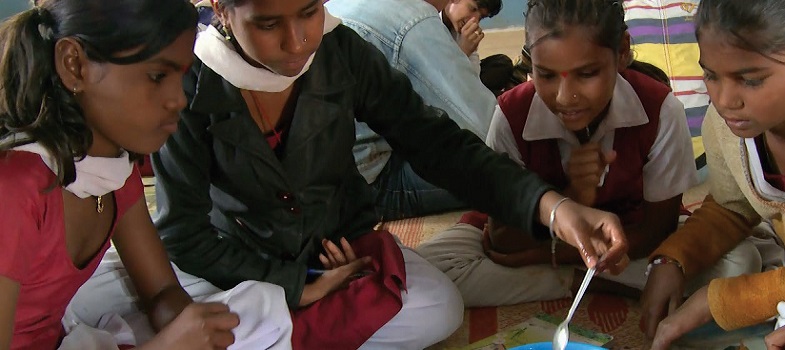Why this approach is important
Developing students’ ability to observe closely is a fundamental part of effective science education. Children are naturally curious and want to know how the world works, so observing is a natural activity for them. For example, many children (and adults) judge the passing of time and the day by looking at the sky – but what patterns do they notice through their observations? How do they make sense of how day and night happen, or how shadows are formed? How can you organise your students to maximise their learning?
Observing patterns over time is important because it:
- utilises the students’ natural curiosity and observational skills, promoting deeper curiosity and engagement
- supports a more scientific approach to observation, looking beyond the obvious features
- can help to develop students’ scientific understanding of phenomena over time, such as shadows and night & day
- helps students to recognise the regular patterns of change that occur though a day, a month and a year
- provides opportunities for discussion and questioning, which helps to develop students’ understanding.
What you can learn in this unit
